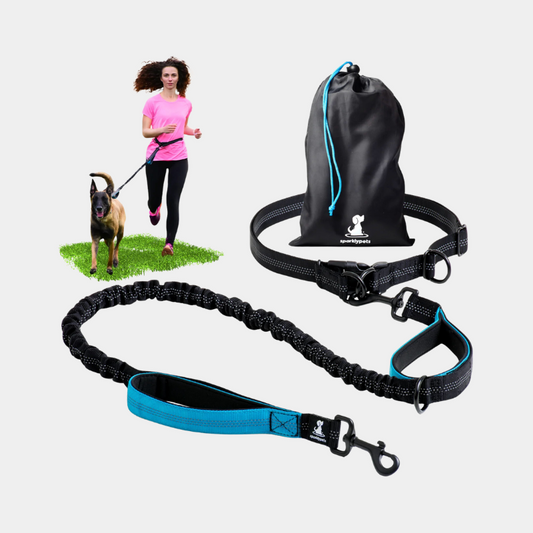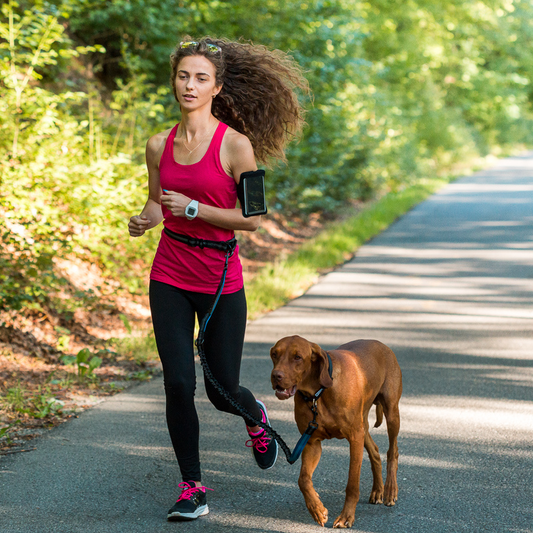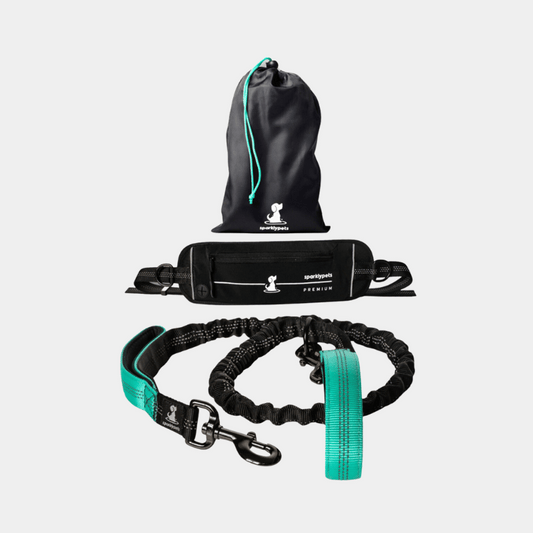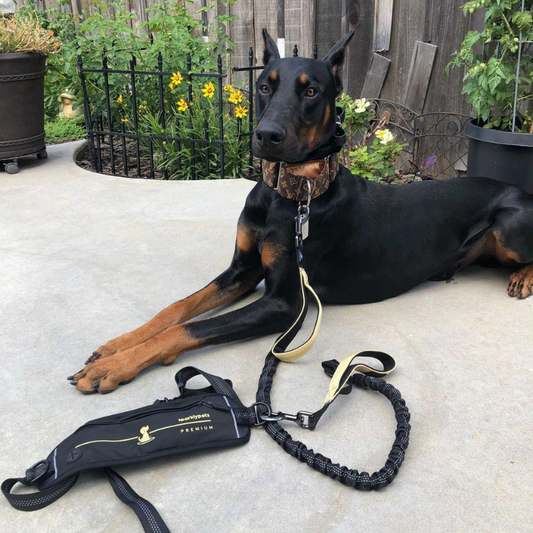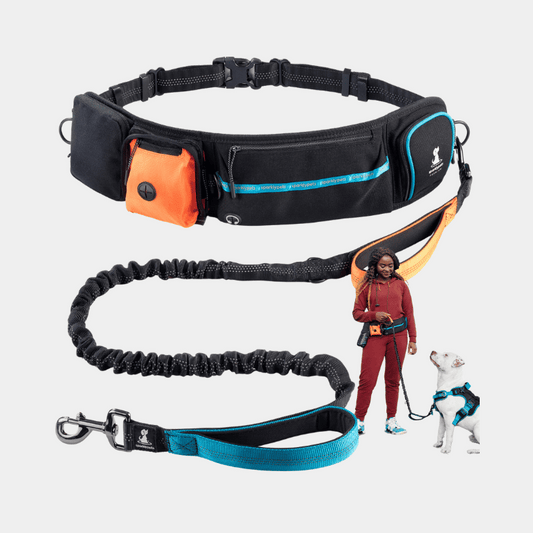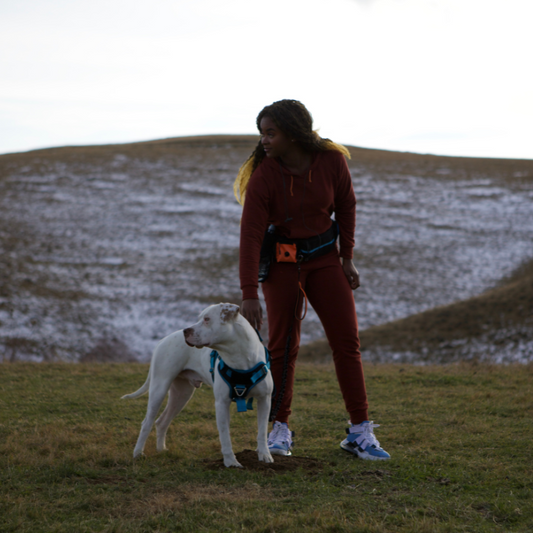Do you imagine yourself and your dog on one of those dog agility contests that are fun to watch? If you are, you’re not alone! Considering agility training can have many long-term benefits for your pup, so why not give it a try?
Let’s explore what agility actually is, what it helps with and what you need to know before you make the decision to train your dog for agility.
What is dog agility?
To put it simply, dog agility is a sport. To put it in more details, it’s a obstacle course race where a handler and a dog try to complete a preset track filled with different obstacles like tunnels, seesaws or weave poles. The team has to do this in a time efficient manner while having coordination and efficacy in mind as well.
The handler, or the owner, should be able to have complete control over the dog’s actions, without having to incentivize him or her with treats or rewards. Actually, throughout the competition, the handler is only allowed to use voice commands and gestures to help their dog overcome all of the obstacles. The owner is not allowed to touch neither the dog nor the obstacles throughout the entire race.
How does dog agility help my dog?
Dog agility can be to a dog what a puzzle is to a human. It can spark interest and boost brain functions. It’s an interesting way of exploring curiosity and improving mental health, for one. It’s also a good way to get rid of boredom and keep yourself and your dog entertained.
On the other hand, dog agility is a good way to have your dog stay in shape. After all, it’s a sport, right? All that jumping and running around is bound to increase muscle strength and speed and keep your pup in tip top shape.

Another benefit is that it can work on improving your bond with your dog. Your dog will learn to trust you and that will in turn improve the bond that you two have. This will not only make both your lives easier, but also more fun, as you’ll rely on one another for various activities.
Last but not least, it will improve your dog’s behavior. Because this sport is so reliant on dogs listening to their handler’s commands, it will inevitably lead to your dog having an increased response to your commands, especially when it comes to obedience training.
What do I need to know before starting training?
There are a few things you need to take into account before you start working with your dog to compete in dog agility courses.
- Check in with your vet first. Your dog should be clinically healthy in order to be able to complete the course safely and for this type of exercise to be beneficial to him or her.
- Investigate any known medical conditions specific to each breed. For example, some dog breeds tend to have back problems or posture problems, which is why veterinarians usually recommend that they avoid jumping. In this case, a dog agility course would not prove to be beneficial for your dog.
- Master the basics. Before you even consider taking up dog agility training, you and your dog must have a strong hold on the basic obedience commands, such as stay, sit and come. Only after these are achieved without the help of treats or incentives, you can start thinking about dog agility.
- Make sure your dog has a good attention span to start with. You will need to improve your dog’s attention span as you progress, but you also need to make sure it’s at a good starting point before you begin. Otherwise, your dog might get distracted and won’t listen to your vocal commands throughout the race.
- Make sure your dog can do an array of movements. The obstacles will require your dog to have increased mobility and understanding of how his or her body moves. This means that before you start working on agility training, you need to do some basic training to teach your dog to jump, walk backwards, position paws in different places or walk in between objects.
- Keep in mind your dog’s energy levels. Because this is such a time efficient sport, your dog will need to move quickly. So, regardless of whether you have a small breed dog or a large one, make sure your dog is naturally energetic. A slower-moving dog might not do well with a time crunch.
All things considered, dog agility races have a lot of benefits for both you and your dog and, if all requirements are met. You can have a lot of fun while doing this type of activity. Would you consider dog agility training?


